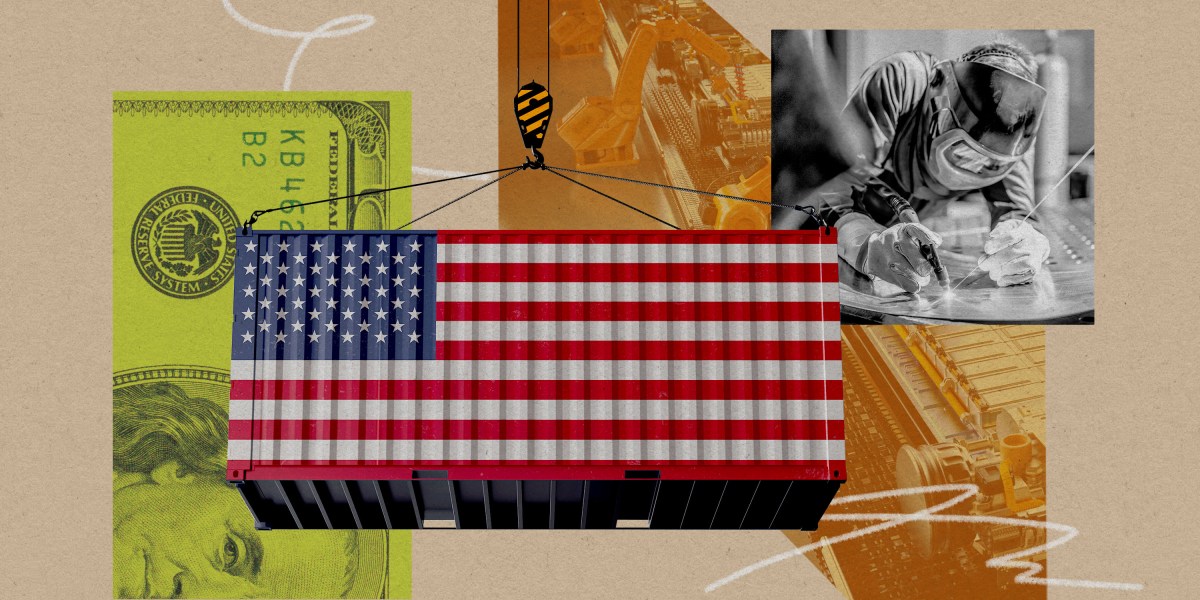The US was great at inventing new stuff, it turns out, but lousy at making it.
The hope is that this situation is changing as the country builds up its manufacturing muscles. The stakes are particularly high. The value of producing strategic goods and their supply chains domestically—biomedicine, critical minerals, advanced semiconductors—is becoming obvious to both politicians and economists.
If we want to turn today’s scientific breakthroughs in energy, chips, drugs, and key military technologies such as drones into actual products, the US will need to once again be a manufacturing powerhouse.
Limited tariffs could help. That’s especially true, says DCVC’s Werner, in some strategically important areas marked by a history of unfair trade practices. Rare-earth magnets, which are found in everything from electric motors to drones to robots, are one example. “Decades ago, China flooded the US economy with low-cost magnets,” she says. “All our domestic magnet manufacturers went out of business.”
Now, she suggests, tariffs could provide short-term protection to US companies developing advanced manufacturing techniques to make those products, helping them compete with low-cost versions made in China. “You’re not going to be able to rely on tariffs forever, but it’s an example of the important role that tariffs could play,” she says.
Even Harvard’s Shih, who considers the sweeping Trump tariffs “crazy,” says that far more limited versions could be a useful tool in some circumstance to give temporary market protection to domestic manufacturers developing critical early-stage technologies. But, he adds, such tariffs need to be “very targeted” and quickly phased out.
For the successful use of tariffs, “you really have to understand how global trade and supply chains work,” Shih says. “And trust me, there is no evidence that these guys actually understand how it works.”
What’s really at stake when we talk about the country’s reindustrialization is our future pipeline of new technologies. The portfolio of technologies emerging from universities and startups in energy production and storage, materials, computing, and biomedicine has arguably never been richer. Meanwhile, AI and advanced robotics could soon transform our ability to manufacture these technologies and products.
The danger is that backward-looking policy choices geared toward a bygone era of manufacturing could destroy that promising progress.



